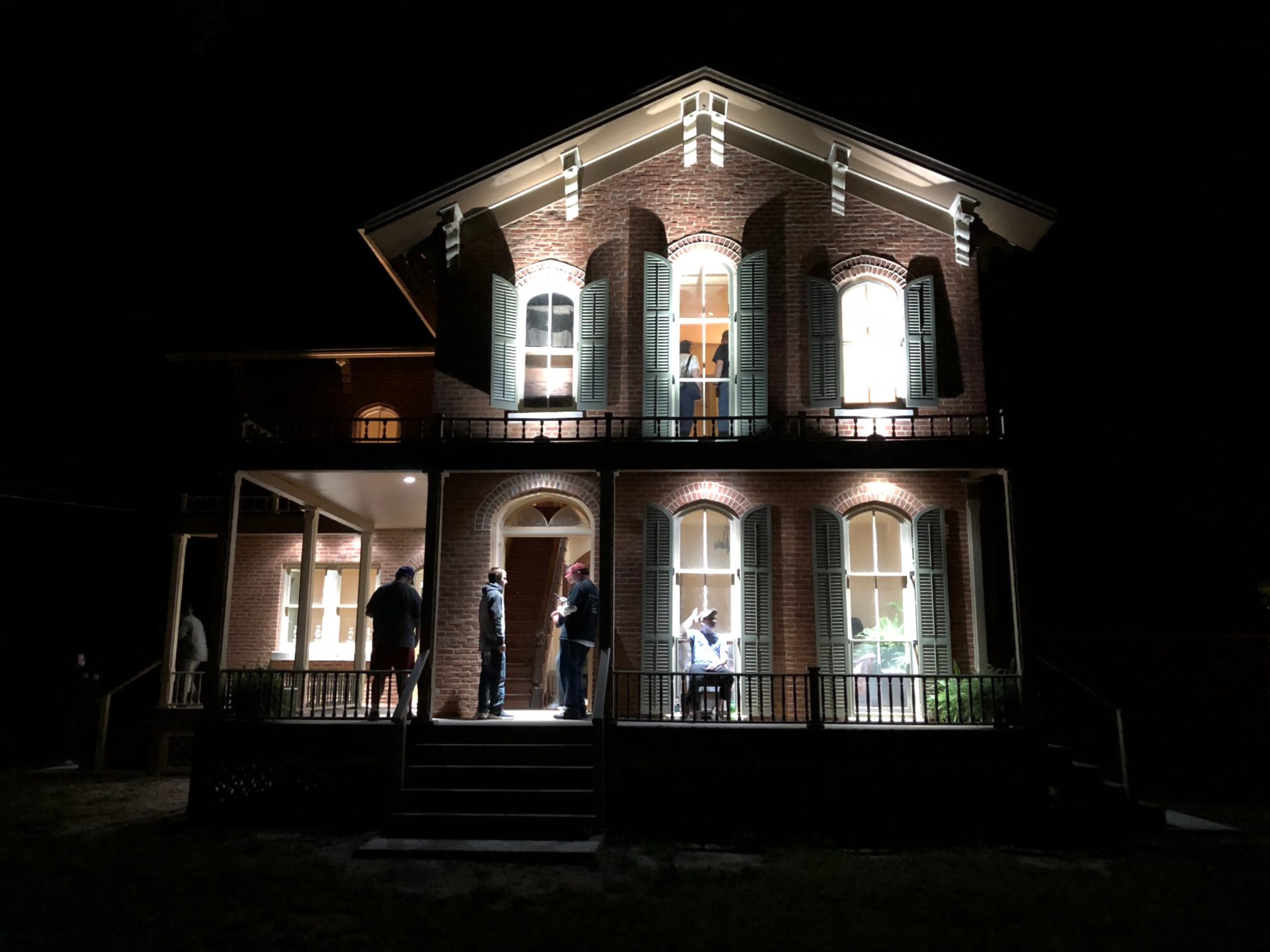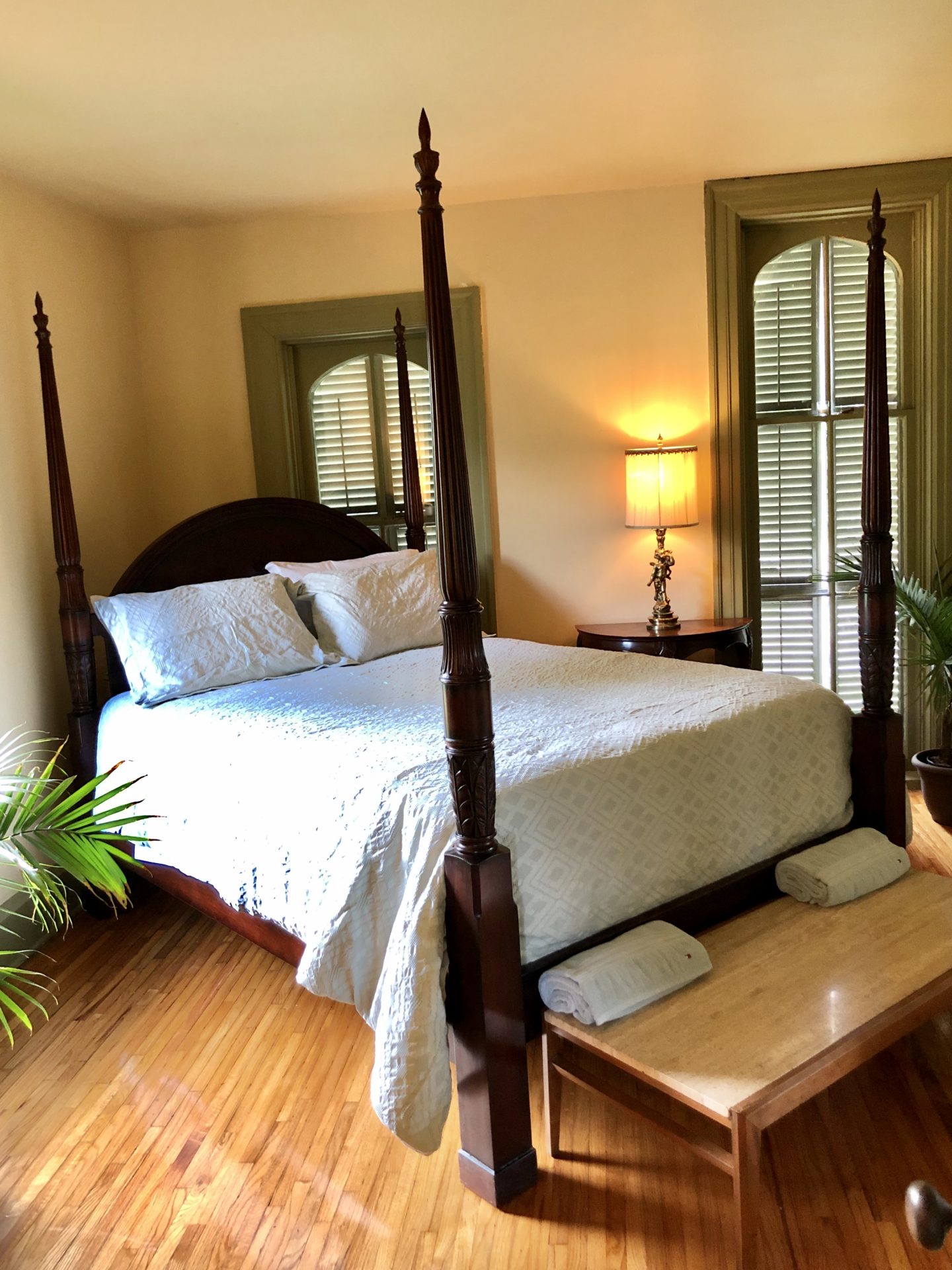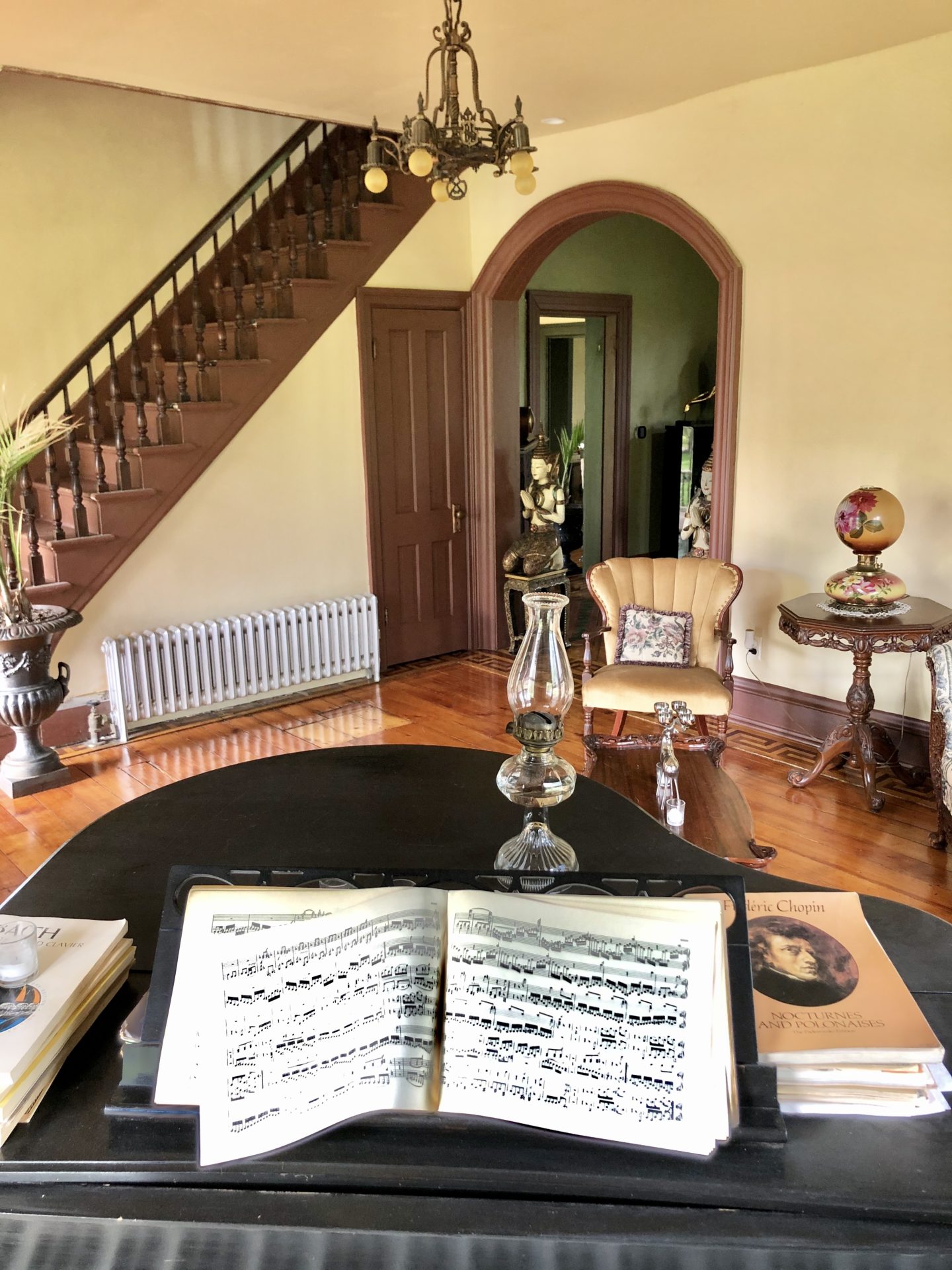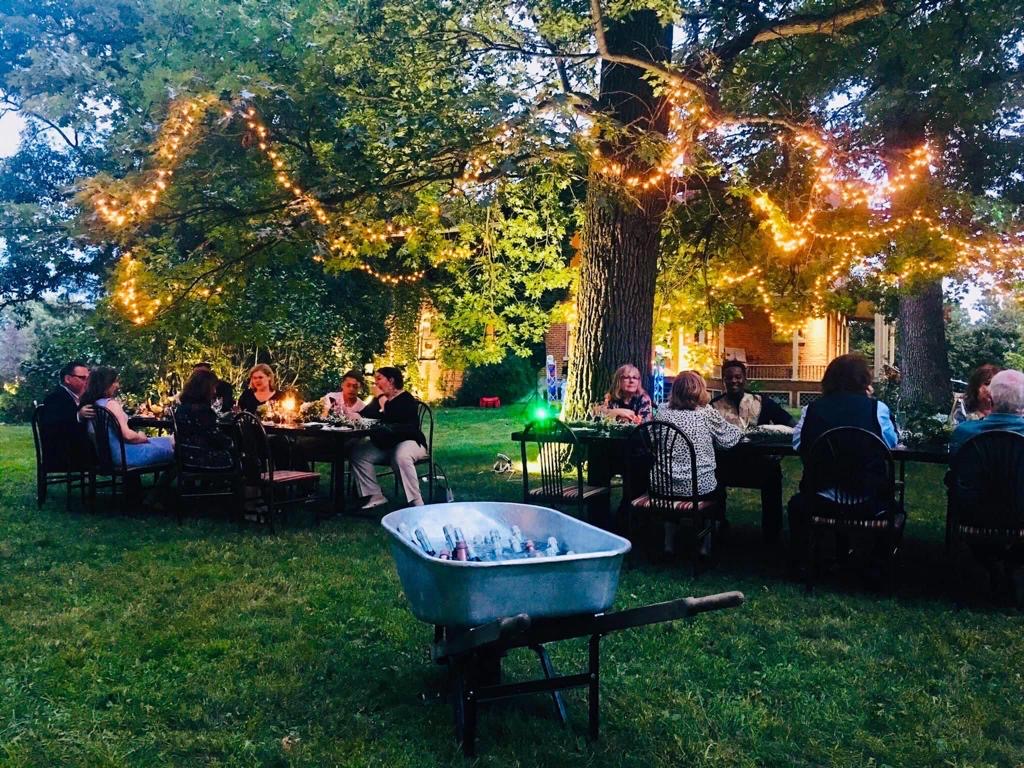LI ASKS: WHY IS THIS PLACE IMPORTANT TO YOU?
John Whitman, Roff House owner
Infamous spiritualists, a notorious federal judge and a worldly aviator and pioneering businesswoman have all owned the Roff Home and have left their mark on Watseka and the world. Through the renovation, my goal has been to preserve their history. This property has been uniquely associated with the Watseka Wonder story since first built by Dorothy and Asa Roff in 1868. Prominent members of the Spiritualist movement, the Roffs gained notoriety in 1878 when a 13-year-old girl named Lurancy Vennum moved into their home for 100 days, claiming to be possessed by the spirit of their dead daughter, Mary. An eyewitness account, “The Watseka Wonder,” was published in 1879 and is reported to have sold more than 100,000 copies. The account was discussed by luminaries and philosophers of the time, such as William Jennings Bryan and the Dalai Lama. More than just a ghost story, it entered contemporary debate about the true nature of the world, what may exist beyond this tangible world and whether we can communicate with it.
Today the “Watseka Wonder” continues to fascinate people, and they travel to the Roff Home to experience this story for themselves. In this sense, I consider the home to be a monument to 19th century Spiritualism. C. W. Raymond, a lawyer, owned the Roff Home from 1912 until his death in 1939. He served as a federal judge in the Indian Territories of Oklahoma under President William McKinley. His peers called his behavior on the bench “peculiar,” and after ruling in favor of a sales tax in the territories, legend has it that he faked his own death and smuggled himself back to Illinois on a hearse train. Katharine Clifton, his stepdaughter, inherited the home and extensive farmland from Raymond in 1939. Born in 1898 near Onarga, Illinois, Katharine was ensured a worldly education, thanks to her mother. They traveled the world in steamer ships, so Katharine could experience the history and cultures of the world. (The steamer trunk from these trips still resides at the Roff Home. The grotto she built behind the house is made up of rocks that she brought back from her trips around the world.) She also learned to play the violin, and during World War I, while living in New York City, she played the violin on street corners to raise money for war bonds. At the age of 40, Katharine had to find a way to manage her newly inherited 36 farms – and 36 male rental farmers – and not be taken advantage of. She learned how to fly, bought an airplane and built a hangar and landing strip behind the house. Each dawn she would literally “oversee” her farmland by flying over each farm to check on progress and hold her farmers accountable. She became an excellent manager of wealth and an inspirational example of a woman who broke through gender roles of her era. When visitors tour the home, I ensure they also learn about the inspirational figure of Katharine Clifton.




